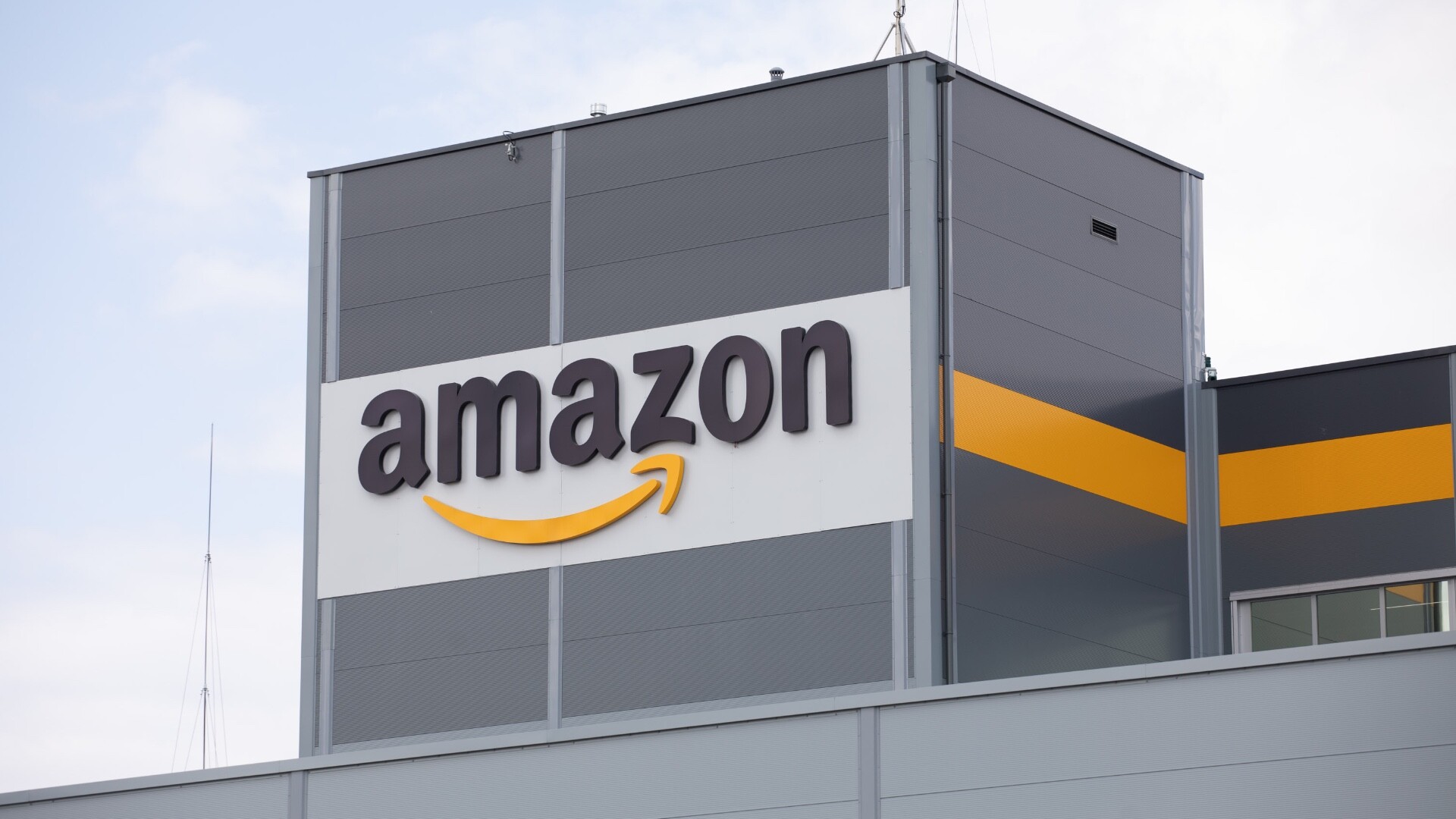“The biggest disruption in decades” is how Gartner analysts describe the situation in the virtualisation market. These are strong words that perfectly capture the mood in IT departments around the world. Following the acquisition of VMware by Broadcom, the industry was rocked by reports of drastic licence price increases, often 300 or 400 per cent, less transparency in product development and concerns about the quality of support. Trust, built up over years, was severely eroded.
Contrary to appearances, however, we are not witnessing a violent crash or a panicky escape from a sinking ship. Rather, we are seeing the beginning of a slow, tectonic shift. VMware’s dominance is too deep to disappear overnight. The revolution will come, but in slow motion. This gives companies time to react – provided they act immediately.
The power of inertia, or why the market won’t abandon VMware overnight
So why, despite the chaos and legitimate anxiety, are we not seeing a mass exodus of customers? The answer lies in the power of market inertia. VMware is no ordinary vendor. With a revenue share of 96 per cent in 2024, the company has become synonymous with virtualisation; the industry standard on which the critical infrastructure of thousands of global enterprises relies.
Migrating from such a dominant platform is a mammoth operational and business challenge. It’s not just about the cost of new licences with an alternative supplier. It’s about years of built-up competence, integrated processes, countless automation scripts and entire teams of engineers trained to perfection in operating one particular ecosystem.
Added to this is the fundamental operational risk. Moving the ‘heart’ of a company’s IT infrastructure to a new foundation always involves the threat of downtime, compatibility problems and unforeseen difficulties. Therefore, the first reaction of many IT managers is not to panic, but to try to renegotiate, consolidate their existing licences and, in essence, ‘wait out’ the problem.
Promising alternatives that are not (yet) ready
Broadcom, by changing the rules of the game, has opened the door wide for competition. The problem is that there is no single, obvious successor waiting on the other side ready to take over the baton. The market for alternatives is fragmented – Gartner mentions more than 30 platforms. This diversity, while healthy for innovation, for decision-makers means mostly decision paralysis and no safe, obvious choice.
What’s more, analysts are brutally honest in admitting that most of these solutions are “incomplete or still in development”. They lack key enterprise-class features, a mature ecosystem of technology partners or the global technical support that VMware has become accustomed to over the years.
There is also a mental problem. Companies instinctively look for a solution that will replace VMware on a 1:1 basis, offering the same set of features and the same user experience. Such a solution does not exist. Moving to KVM-based platforms like Proxmox, or to hyperconverged solutions like Nutanix, requires a fundamental change in thinking, architecture and processes, not just a simple hypervisor swap. The market needs time for these alternatives to mature and prove their value in large, production deployments. Demand has just arrived, but supply needs to catch up.
A realistic horizon for change: What to expect between 2026 and 2027
This is not a 100m race, but a marathon. The next 2-3 years will be crucial. Gartner estimates that real, significant migration will not begin until 2026, with broad adoption of new platforms starting in 2027.
Why such a distant deadline? Firstly, many companies are still bound by multi-year licensing agreements (EAs), which will expire just in this perspective. Secondly, reliable testing and validation of a new platform (Proof of Concept process) is a task for quarters, not weeks. Thirdly, companies need to build internal competencies to handle new solutions. Finally, the alternative platforms themselves need these two years to mature and become a real threat to the hegemon.
This gives companies a crucial window of time. It is not ‘plenty of time’, but ‘enough time’ to act strategically and thoughtfully, rather than making panicky, costly decisions.
A strategy for the ‘transition period’. Passivity is the worst option
Although the revolution will be slow, companies that sleep through the next two years will wake up in 2027 in a very difficult situation. Forced to accept Broadcom‘s price dictates, they will not have a Plan B ready.
The worst strategy is passivity. So what to do during this ‘transition period’? First and foremost, use this time to fundamentally audit and ask yourself: “What VMware features do we *really* need?”. You may find that 80% of our workloads require only 20% of the capabilities of the platform we are overpaying for. This is the basis for looking for a cheaper, perhaps simpler alternative.
In parallel, tests should be started. Instead of waiting, it is advisable to select two or three promising platforms and run pilot projects on them. Moving less critical workloads, or ‘quick win’ scenarios, is the best way to learn, build confidence in the new solution and prepare teams for the change.
Finally, it is worth treating this crisis as an excuse to modernise more widely and pay off technology debt. Rather than looking for a new hypervisor for old VMs, how about moving some applications to containers? Or perhaps for others, the ideal place would be the public cloud?
Broadcom, by shaking up the market, has inadvertently forced the entire industry to evolve. Companies that treat the coming 2-3 years as a time of strategic preparation, rather than passively waiting for a contract to expire, will turn the biggest disruption in decades into their biggest upgrade opportunity.












